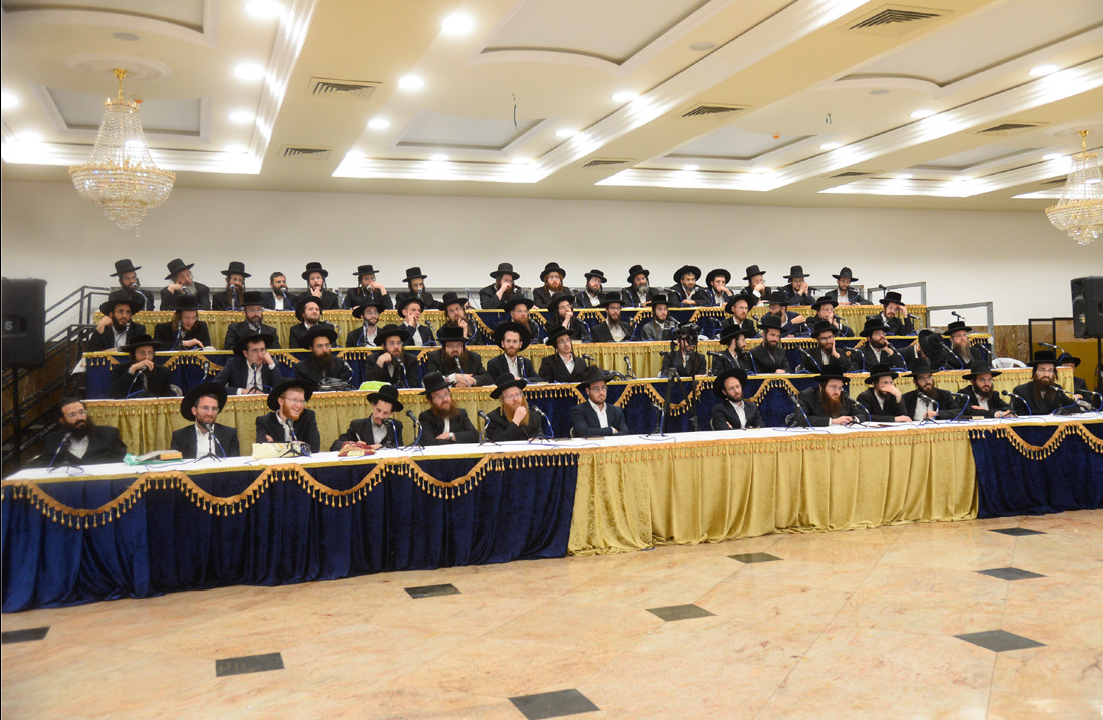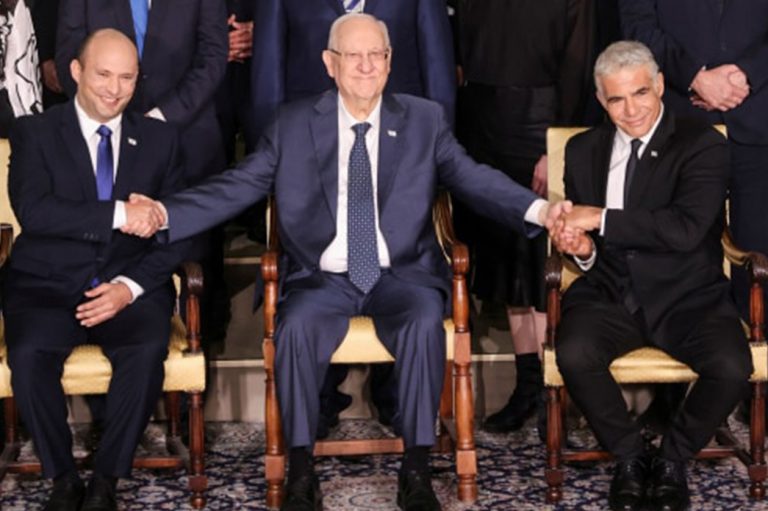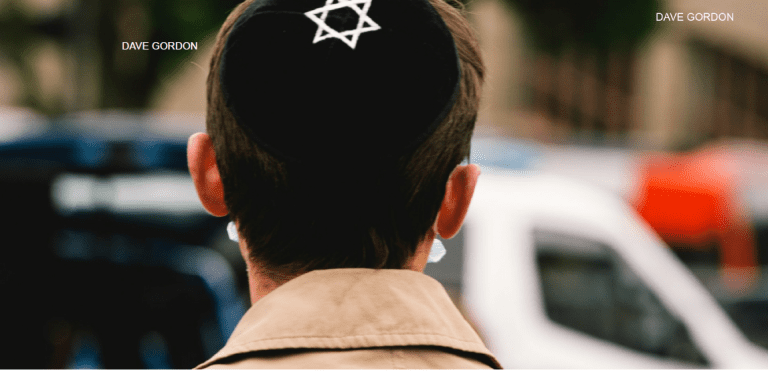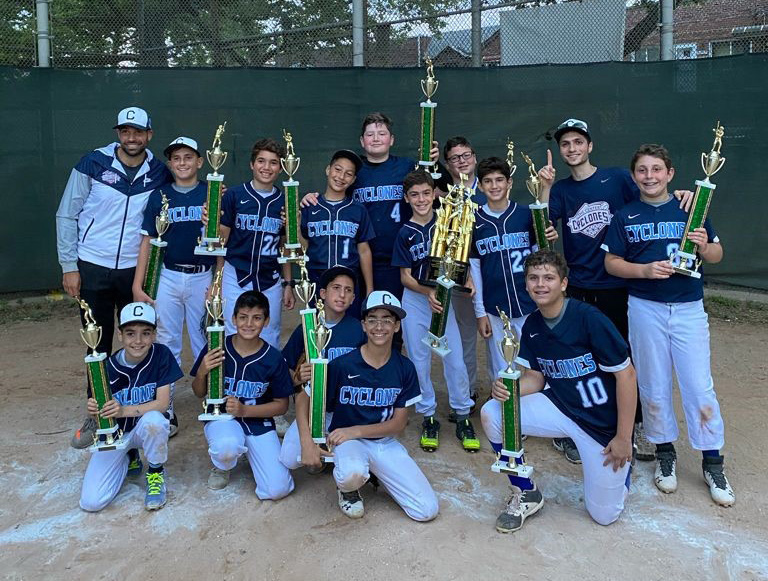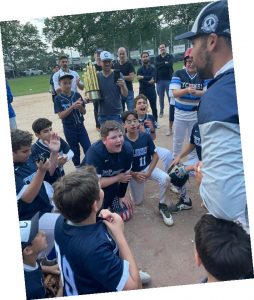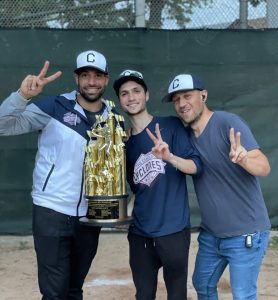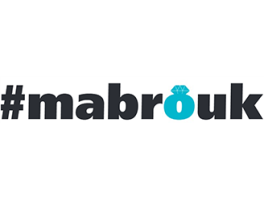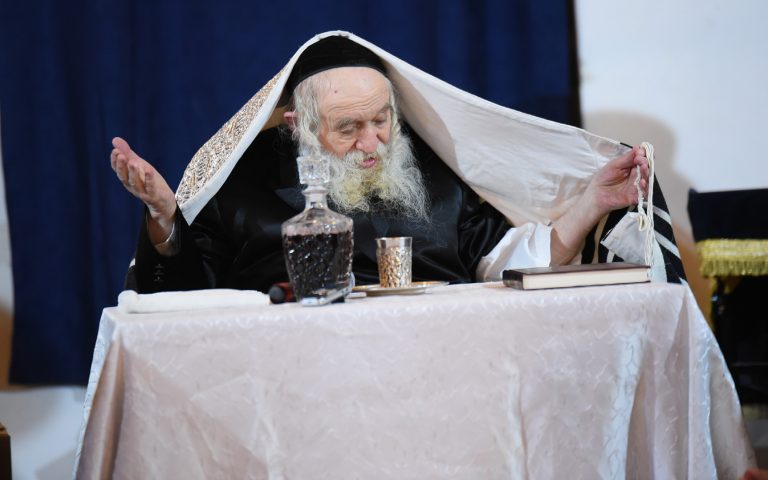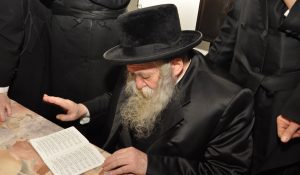Rabbi Eliezer Sandler
“You are all so proficient in Shas, Rashi, and Tosafot, that your minds are Talmudic minds and your reasoning is Talmudic reasoning,” declared the Rishon L’Tzion, Harav Yitzchak Yosef, shlit”a, to the outstanding young scholars of Shas Yiden.
“Such an assembly is an incredible kiddush Hashem, and hastens the Geulah,” added Maran Hagaon Harav Bezalel Rudinsky of Monsey, NY.
These heartfelt words of admiration followed an extraordinary “post-COVID 19” public exam in Yerushalayim conducted by these two great sages, testing outstanding students of the Shas Yiden Kollel on the entire Shas (Talmud). The text covered both the analysis of the text as well as the practical halachah.
“Such proficiency in Shas causes one’s reasoning to be not simply a personal opinion, but rather true Talmudic reasoning,” said the Rishon L’Tzion, adding, “You will thus easily arrive at the halachah in all areas throughout the Torah.”
The Remarkable Growth of a Unique Project
In just seven years, Shas Yiden has grown from one kollel in the town of Beit Shemesh with just over ten avrechim (young married students) to five kollelim serving a total of 76 avrechim geonim (outstanding young scholars). The kollelim are situated in Yerushalayim, Bnei Brak, Beit Shemesh, Beitar, and London, UK. This rapid expansion was driven by the Nasi (chairman) of Shas Yiden, Maran Sar Hatorah Rav Chaim Kanievsky, shlit”a. After testing the avreichim geonim for years, Rav Kanievsky gave his blessing to the founder, Rav Avrohom Eisen, shlit”a, encouraging him to open additional kollelim. Planning is underway for a sixth kollel to open by Kislev 5782 (December 2021).
The demanding daily regimen maintained by each student of Shas Yiden is unique in the Torah world – completing the entire Shas five times a year (a total of 13,555 blatt), learning every Rashi and Tosafot, and committing this vast amount of material to memory. Students are accepted to the program after undergoing a comprehensive test on 450 pages of Gemara, and after demonstrating the ability and commitment to maintain this rigorous pace of learning, seven days a week.
“I was Blown Away!”
Shas Yiden’s public oral examinations are a remarkable spectacle to behold, as the students’ breathtaking knowledge is put on display. These public exams take place three or four times a year, and each time, the event makes waves throughout the Torah world, inviting great admiration and amazement. These events, which are recorded and accessible on the Shas Yiden website (www.shasyiden.com), have an incredible impact on all students of Torah, inspiring them to redouble their efforts to grow and master the Talmud.
Rav Bezalel Rudinsky, shlit”a, Rosh Yeshiva of Ohr Reuven and Rav of Cong. Ahavas Yitzchok in Monsey, NY, is an acclaimed scholar renowned for his mastery of Torah, who himself completes the Talmud Bavli, Talmud Yerushalmi, and the Shulhan Aruch every year. He and his fellow examiner – the Rishon L’Tzion, shlit”a – tested the students for well over an hour, during which time the avrechim displayed their extraordinary proficiency in every corner of Shas.

Maran Hagaon Harav Bezalel Rudinsky, Rosh Yeshiva Ohr Reuven, Monsey, NY
After the exam, Rav Rudinsky declared, “I was blown away by the Shas Yiden. This gathering is an incredible kiddush Hashem – that Jews should know Shas in this manner! Such a gathering hastens the geulah (redemption), and if I can be part of it, I feel a great zechus (merit).”
Rav Rudinsky said that so many Jews throughout the world have been inspired and have increased their Torah learning since they heard about the phenomenon of the Shas Yiden Kollel network. “You have strengthened thousands of Jews in the mitzvah of acquiring Torah knowledge to the point where ‘the words of Torah should be accessible in your mouth such that if any man will ask you a question, you shall not fumble; rather, you should be able to respond immediately’ – which is the way of Shas Yiden,” he said.
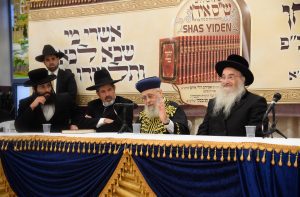

Maran Hagaon Harav Bezalel Rudinsky, Rosh Yeshiva Ohr Reuven, Monsey, NY
Maran Rishon L’Tzion, Hagaon Harav Yitzchak Yosef
Hagaon Harav Avrohom Eisen, Founder Shas Yiden, Pozna Rov
The gathering, like all previous Shas Yiden exams, amazed everyone in attendance, showing the brilliance of the scholars who answered questions on all parts of Shas. However, this occasion was different in that most of the questions tested not simply knowledge, but rather the in-depth analysis of the text. The avrechim were asked to cite examples from all over Shas to conceptual questions, fielding questions whose answers could not be derived from a superficial knowledge level of Shas, and required incisive understanding and analysis. Not at all surprisingly, the avrechim weighed and considered all the volumes of Shas, and delivered in-depth responses, drawing upon sources from throughout Shas and other Torah texts, including the writings of recent poskim. The rabbis administering the exam were astonished, and asked, “You also know Hoshen Mishpat by heart?” – referring to the section of the Shulhan Aruch that deals with the complex, intricate halachot of monetary law.
This amazing rischa d’Oraysa (tumultuous Torah discussion) closed with the heartfelt words of the Rishon L’Tzion, who recalled how his late revered father, Maran Harav Ovadia Yosef, zt”l, who had mastered Shas at age 15, would encourage others to master Shas. He also spoke about those who support and ensure the vibrant continuity of Shas Yiden, announcing, “Shas Yiden is unique in the Torah world.”
To read the letters of the Rishon L’Tzion and Rav Rudinsky about the importance of Shas Yiden, to view the remarkable exam, or to receive more information about Shas Yiden and how to help support this network of kollelim, please visit www.shasyiden.com, or contact Shas Yiden at 718-702-1528 or 1274 49th Street #562, Brooklyn, NY 11219.
Some of the questions posed to the avrechim of Shas Yiden:
· How many practical implications are there of the question of whether the rule of safek d’Oraisa lechumra (we must act stringently in situations of uncertainty when it concerns a Torah law) applies on the level of de’Oraysa (Torah law) or miderabbanan (by force of rabbinic enactment)?
· The Brisker Rov is cited as stating that supporting a halachic position from the Torah is stronger than supporting it from empirical evidence, because the Torah’s verses reflect reality more accurately than the actual object or matter. How can this statement be proven from Shas?
· Why does the Gemara bring supporting passages from the Torah for a halachah stated in the Mishnah even when the Mishnah itself provides the reason?
· Is the concept of arvus (responsibility for the Torah obligations of one’s fellow Jews) applicable to gerim (converts)?
· If a borrower claims within 30 days of taking the loan that he repaid it, is he presumed to tell the truth, or do we assume that borrowers do not generally repay before the time limit of the loan?
· Is the birth of twins considered an extra “plus” for the father?
· The Bach claimed that the Talmud’s statement, “Rov ganveh Yisrael – Most thieves are Jews” is not to be taken literally. Bring proof to the Bach’s claim.
· Under which circumstances may one tell an untruth? What conditions apply? How many times – and where – is this mentioned in Shas?
· What is the source in Shas for the concept of a Mora d’asra – community rabbi?




